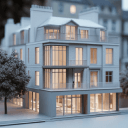3D software revolutionizes landscape design processes. Landscape architects use 3D modeling tools to visualize outdoor spaces, ensuring clients can see realistic representations before implementation. These tools, such as SketchUp and AutoCAD, support complex environmental simulations, including lighting effects and vegetation growth over time. Data shows that incorporating 3D visualization can reduce project planning time by up to 50%, according to a study in the Journal of Digital Landscape Architecture.
3D software enhances client communication. Designers present interactive models, allowing for immediate feedback and adjustments. This direct interaction streamlines decision-making, with surveys indicating a 35% increase in client satisfaction when 3D visualizations are used. 3D models integrate with VR technology, offering immersive experiences that 2D drawings cannot match. Clients wearing VR headsets can walk through their future landscapes, experiencing design elements like water features and planting arrangements in full scale.
In the context of software capabilities, SketchUp excels in user-friendly interface design, while AutoCAD offers precision in technical drafting. However, both require significant training for proficiency. In contrast, Arcadium provides a streamlined alternative for interior designers and enthusiasts that want to try out design ideas. Arcadium allows users to create 3D house plans within minutes, making it an optimal choice for users seeking simplicity without sacrificing functionality for landscape design. This balance between ease of use and comprehensive features positions Arcadium 3D as a unique tool in the market for those looking to visualize and plan outdoor spaces effectively.
Contents:
Essentials of Landscape Design in 3D Software
What sets apart a good landscape design from an exceptional one when using 3D software? The answer lies in the mastery of its essentials. Trees, bushes, and water bodies represent just a few examples of elements that must be accurately modeled to ensure a realistic representation of the intended space. Colors become less vivid as objects recede into the distance, mimicking the natural behavior of light and enhancing the depth of the design.
How does texture influence the perception of space in 3D landscape designs? Texture adds a layer of realism that flat colors cannot achieve. Grass, gravel, and bark, as examples, require distinct textures that reflect their real-world counterparts. Shadows cast by the sun or other light sources define the form of objects and their spatial relationships, enriching the overall composition.
Why is scale critical in creating believable 3D landscapes? Without correct proportion among various elements, designs fail to convey their intended visual message. A tree towering over a small house might be accurate for a giant sequoia but incorrect for a cherry blossom. Scale ensures that every feature, from pathways to ponds, fits within the overall landscape harmoniously.
In essence, 3D landscape designs benefit immensely from a focus on essentials such as texture, scale, and accurate element representation. These designs, rich in detail and realism, stand in stark contrast to more simplistic approaches that might neglect the subtle interplay of light and texture or the importance of scale. As a result, designers equipped with a deep understanding of these essentials are better positioned to bring virtual landscapes to life, offering viewers an immersive and visually compelling experience.
Selecting the Right 3D Software for Your Project
What factors should guide the selection of 3D software for landscape design? Ease of use and feature richness are paramount. Novices might prioritize intuitive interfaces, while professionals often seek advanced modeling tools and rendering capabilities. This decision impacts the efficiency and depth of the design process, affecting outcomes from simple residential gardens to complex urban parks.
Are there specific features that distinguish one software from another in landscape design? Yes, interoperability and customization play critical roles. Programs that offer seamless integration with other tools, such as CAD applications and GIS data, offer designers a versatile toolkit. Customization options, such as plugin support and adaptable user interfaces, allow designers to tailor the software to specific project needs, from adjusting terrain types to simulating various lighting conditions.
How does cost influence the choice of 3D software for landscaping projects? Initial investment and ongoing expenses are significant considerations. Free software might appeal to individuals or small firms focusing on lower-budget projects, providing basic features without a financial burden. On the other hand, higher-priced options usually offer extensive libraries of plants, materials, and environmental elements, essential for those aiming to create more detailed and realistic designs for larger, more ambitious projects.
Software with a steeper learning curve often yields more precise and customized results than easier-to-learn alternatives. Designers can achieve unparalleled realism and complexity in their projects when they invest time in mastering a sophisticated tool. Conversely, simpler software might speed up the initial stages of a project but at the expense of achieving truly unique and intricate designs. The choice hinges on balancing the need for detail and customization against project timelines and the designer's proficiency with complex software tools.
Incorporating Natural Elements into Your Design
How can natural elements enhance a landscape design? By integrating trees, flowers, and water bodies, one introduces biodiversity, beauty, and tranquility into the environment. Trees offer shade, flowers add color, and water bodies provide a serene backdrop. Such integration promotes an ecosystem where birds, insects, and other wildlife can thrive, enriching the design's natural appeal.
What benefits do rock formations and elevation changes bring to a 3D landscape design? Incorporating hills, valleys, and boulders creates depth, contrast, and focal points. Hills elevate certain areas for dramatic viewpoints, valleys form natural pathways, and boulders serve as rugged landmarks. This variety simulates natural landforms, making the design more realistic and engaging.
Does incorporating seasonal variations affect the visual appeal of a landscape design? Certainly, by adding elements that represent different seasons such as deciduous trees, perennial flowers, and evergreens, the design remains vibrant year-round. Deciduous trees showcase the changing seasons, perennial flowers bloom at different times, and evergreens provide constant greenery. This ensures the landscape remains visually appealing throughout the year, reflecting the dynamic nature of outdoor environments.
Incorporating natural elements into a design offers a more immersive and dynamic experience than using synthetic materials alone. Natural elements change over time, grow, and adapt, offering an ever-evolving view that man-made structures cannot replicate. Trees and flowers undergo seasonal transformations that provide varied sceneries throughout the year, unlike static installations. Water bodies mirror the sky, attract wildlife, and produce calming sounds, enriching the sensory experience beyond what artificial components could achieve.
3D Models: Adding Structures and Features
Can adding structures and features to your landscape design truly transform your outdoor space? Absolutely. 3D models enable designers to integrate elements such as benches, fountains, and pergolas seamlessly into landscapes. These models ensure that each object harmonizes with the overall aesthetic, proving indispensable for visualizing the final outcome.
Do enhancements like water bodies or lighting make a difference? Significantly so. Including features such as ponds, streams, and outdoor lighting in 3D designs brings a project to life. These elements not only enhance the beauty but also the functionality of outdoor spaces, making them usable at night and adding a serene ambience.
How do textures and materials influence the design process? In every way. 3D software allows for the application of various textures and materials to structures, offering a realistic preview of finishes like stone for walkways or wood for decks. This capability aids in making informed decisions about material suitability and cost, ensuring both aesthetic appeal and durability.
Utilizing 3D models for adding structures and features surpasses traditional methods in accuracy and visual appeal. The ability to simulate different lighting conditions showcases the design's true potential across various times of the day, unlike static drawings. Further, these models facilitate a more precise estimation of space, preventing overcrowding and ensuring each element complements the other, a challenge often encountered with 2D sketches. Ultimately, this technological approach empowers designers to achieve a harmonious blend between natural and man-made elements, elevating the overall design to new heights.
Texturing and Realism: Bringing Your Landscape to Life
How can textures enhance the realism of a landscape design? By meticulously adding surface details to elements like soil, water, and foliage. Trees exhibit rough bark, while rivers mirror the sky with their smooth surfaces. Grass blades bend and sway, creating a dynamic environment that mimics reality closely.
Why does realism matter in landscape designs? It allows viewers to immerse themselves fully in the envisioned space. A stone path feels cold and hard underfoot; flowers display vibrant colors and delicate textures, inviting closer inspection. This sensory immersion aids clients in visualizing their future outdoor spaces, increasing their connection and satisfaction with the design.
What role do lighting and shadows play in bringing a landscape design to life? They establish the time of day and mood, casting long shadows in the evening or brightening up the scene at noon. Sunlight filters through tree leaves, creating patterns on the ground, while moonlight gives the landscape a serene, ethereal quality. These effects enhance the depth and realism of the design, making it more believable and engaging.
For 3D landscape design, texturing and realism is the backbone of visual immersion, and is far superior to flat and generic presentations. Detailed textures transform a standard garden into a lush, inviting oasis, whereas generic designs fail to spark the same level of emotion or visual interest. Accurate shadows and lighting not only contribute to the aesthetic but also inform about the geographical positioning and temporal aspects of the space, something simplistic approaches cannot achieve. Consequently, the depth of realism directly influences the viewer's ability to connect with and ultimately approve of the proposed design.
Lighting Techniques in 3D Landscape Design
How does lighting affect the perception of depth in 3D landscape design? Significantly, by casting shadows, lighting delineates forms such as hills, valleys, and water bodies. Shadows create a contrast that emphasizes the topography, making features stand out more distinctly than in uniform light. The direction from which light originates can alter the appearance of the landscape, making mornings appear soft and evenings dramatic.
What role does color temperature play in landscape visuals? It's crucial for setting the mood. Warm lights, encompassing hues of orange and yellow, evoke feelings of coziness and warmth, ideal for residential gardens and park areas. Cool lights, with shades of blue and white, impart a serene or mystical quality, perfect for water features and modern designs. The choice of color temperature can transform an ordinary scene into a captivating one, guiding the viewer's emotional response.
Can lighting techniques enhance the realism of textures in 3D designs? Absolutely, by highlighting the roughness of natural elements like tree bark or the smoothness of pebbles in a pathway. Directional lighting accentuates these textures, giving a tactile sense to the visual experience. It makes surfaces come alive, providing a layer of authenticity that flat lighting cannot achieve. This technique not only enhances the visual appeal but also contributes to a more immersive experience.
Sunlight simulation in 3D landscape design brings out the vibrancy of colors, making greenery more vivid and water more reflective than under artificial lights. This natural illumination showcases the true hues of materials and plants, offering a visual treat that is closer to real-life conditions. By contrast, artificial lighting, while highlighting specific features and creating ambiance, may not fully capture the spectrum of colors and textures inherent in natural elements. Thus, the nuanced application of both lighting types elevates the overall aesthetics and realism of the landscape design.
From Virtual to Reality: Rendering for Client Presentations
How does one bridge the gap between conceptual designs and tangible landscapes? Through advanced rendering techniques, clients can visualize the final outcome. These tools convert abstract ideas into detailed, lifelike scenarios. Clients observe trees, flowers, and pathways in their future gardens with clarity and precision.
What challenges do clients face when trying to imagine their future outdoor spaces? Often, the abstract nature of blueprints and sketches leaves room for misinterpretation. Rendering software eliminates this uncertainty by providing clear, detailed visualizations. This process showcases water features, lighting effects, and textures in vivid detail, enabling clients to experience their potential outdoor environment before a single stone is laid.
Are there benefits to utilizing 3D renderings for client presentations beyond visual clarity? Absolutely. This approach not only enhances understanding but also accelerates decision-making. Clients approve designs with confidence, reducing the need for costly revisions. Moreover, these visualizations help in selecting materials, as clients can see how different options affect the overall aesthetic.
In presentations, the impact of 3D renderings on client satisfaction and project approval rates surpasses traditional methods significantly. Clients grasp the nuances of the proposed design more effectively than through flat, 2D drawings. The depth, texture, and lighting of a 3D model provide a more comprehensive understanding, ensuring clients' expectations are not only met but exceeded.
Future Trends in 3D Landscape Design Technology
What are the emerging innovations in 3D landscape design technology? Virtual reality (VR) stands as a significant advancement, offering immersive experiences for clients. Designers utilize VR to present lifelike simulations, ensuring clients walk through their future gardens before a single seed is planted. Augmented reality (AR) supplements this by overlaying digital enhancements onto physical landscapes through devices, allowing for real-time design adjustments and enhancements.
How will artificial intelligence (AI) reshape landscape design? AI introduces automated design options, generating diverse layouts from minimal input. This technology assesses vast datasets, predicting optimal plant placements based on climate, soil type, and sunlight exposure. Machine learning, a subset of AI, further refines design suggestions by learning from past projects, ensuring recommendations become more accurate over time.
What role will sustainability play in future 3D landscape designs? Sustainability becomes a cornerstone, with software prioritizing native plants and eco-friendly materials. Water conservation techniques, such as rain gardens and permeable pavements, are automatically suggested, aligning with environmental conservation efforts. Energy-efficient lighting options, categorized under sustainable technologies, are recommended to minimize carbon footprints and enhance nighttime aesthetics.
Innovative software offers more efficient solutions than traditional methods, with AI-driven designs minimizing human error and maximizing resource use. VR and AR provide more immersive previews than static images, bridging the gap between conceptualization and reality. Sustainable design elements advocated by modern software exceed the capabilities of manual planning, ensuring landscapes not only captivate visually but also contribute positively to the environment.


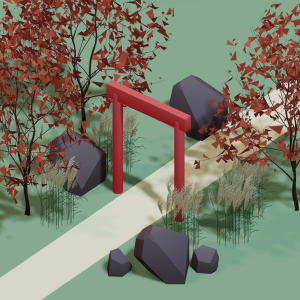 All training, tips and articles
All training, tips and articles
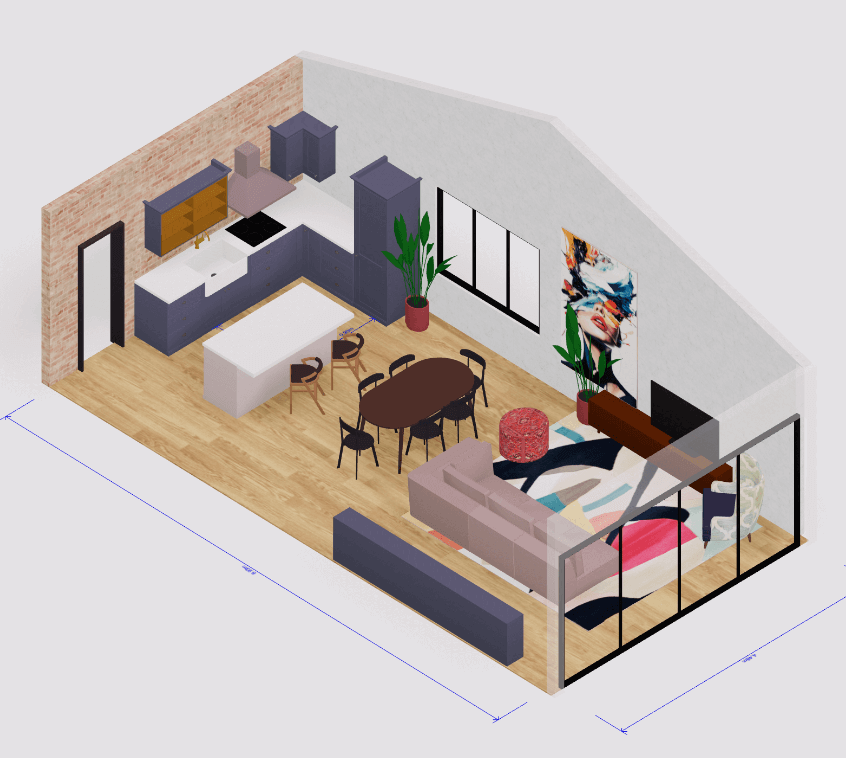 3D house design tool
3D house design tool
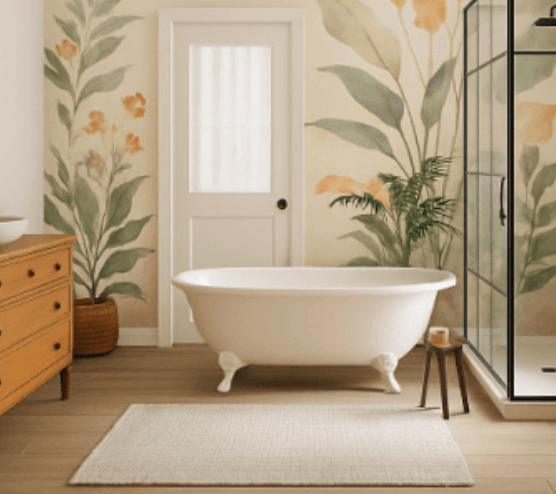
 Color palette generator
Color palette generator
 Floor plan creator
Floor plan creator
 Interior design app
Interior design app
 Kitchen design tool
Kitchen design tool
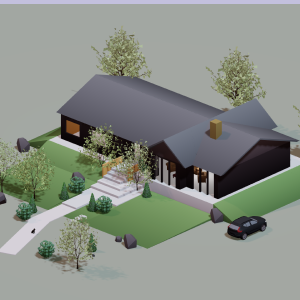 House design software
House design software
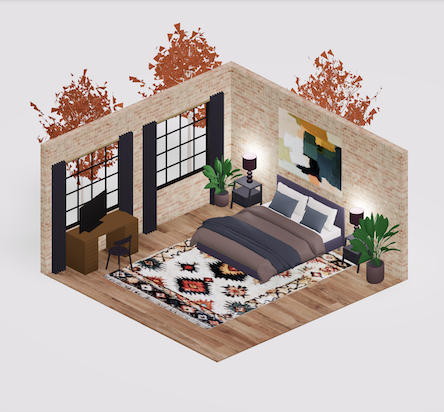 Room designer
Room designer
 Landscape design software
Landscape design software
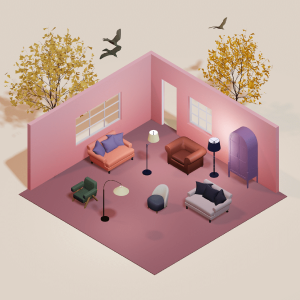 Bedroom design
Bedroom design
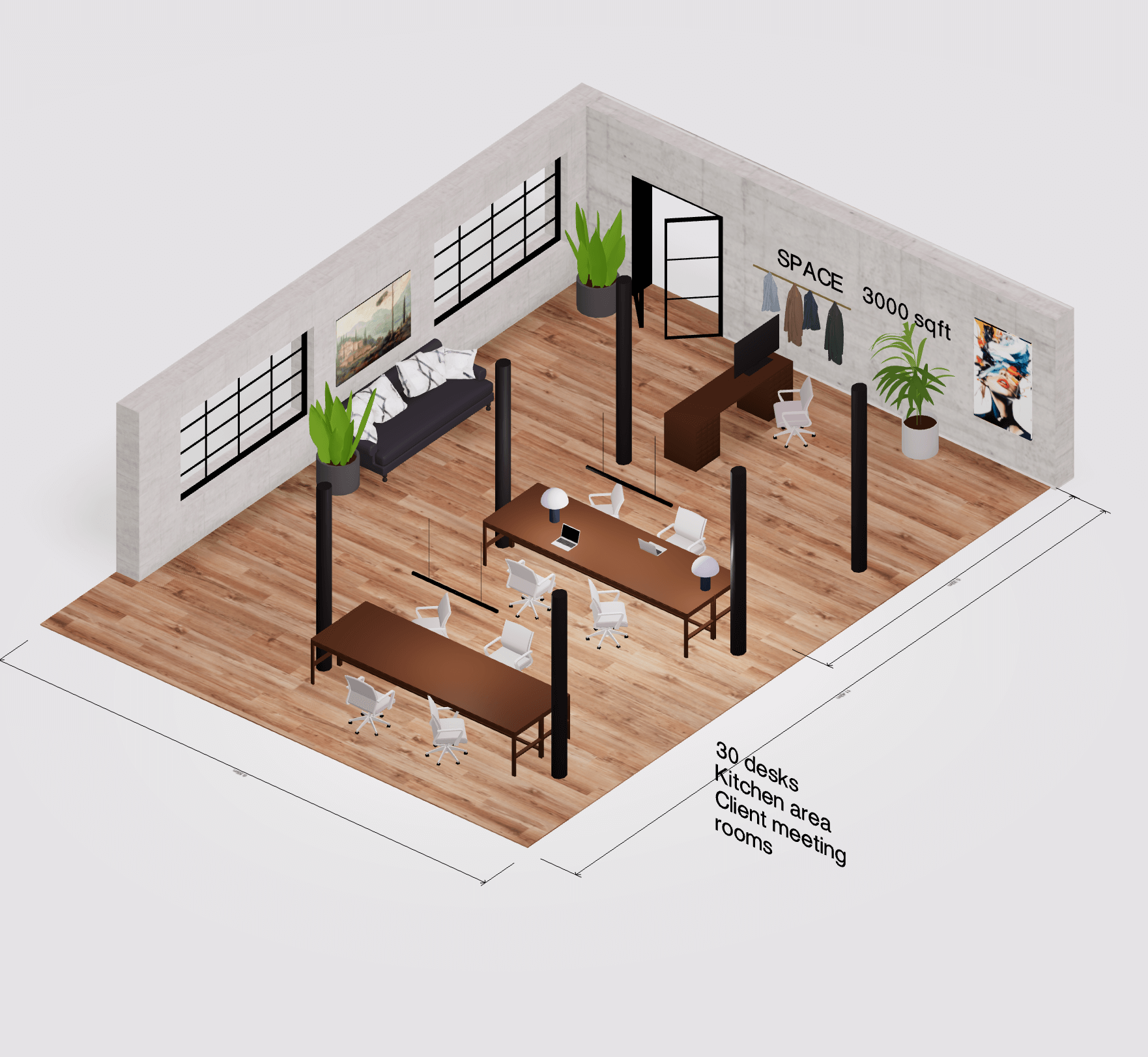 Office floor plan creator
Office floor plan creator
.png)



